The Ultimate Guide to Blockchain Development with the best resources on the Internet.
A Complete Roadmap to Full-Stack Web3/Blockchain Application Development with free resources.
Table of contents
- Blockchain development introduction
- 1. Before Blockchain: Fundamentals of Computer Science.
- 2. Learn The Fundamentals Of Blockchain
- After getting a basic knowledge about blockchain technology and how it works, you’ll need to learn more about blockchain technology in detail.
- 3. Learn different kinds of blockchains and the popular blockchains:
- 4. Now learn the 2nd most popular blockchain: Ethereum
- 5. Now learn about the current fastest Blockchain: Solana
- 6: Learn some Memecoins and Shitcoins: Dogecoin, Shiba Inu, Delon Mars
- 7. Learn more about Decentralized Applications.
- 8. Learn Front End Development
- 9. Should I Learn Backend Development to Become a Web3 Developer?
- 9.1 Learn Backend Development
- 10. Learn Solidity and Smart Contract:
- 11. Learn Solidity By Building Projects — Buildspace
- 11.1 Learn Solidity by Creating Zombies:
- 12. Learn Web3.js
- 13. Learn Ethers.js
- 14. Learn Non-fungible token (NFT)
- 15. Which programming language you learn doesn’t matter, What matter is OOPS. What is OOP? You’ll need a clear understanding of object-oriented programming (OOP)
- 16. Learn HardHat
- 17. Learn Hyperledger Fabric:
- 18. Learn Truffle And Ganache
- 19. Learn IPFS
- 20. Learn Geth
- 21. Learn Cryptography
- Learn Cryptography with STANFORD UNIVERSITY PROFESSOR:
- The journey of learning never ends, so keep pushing forward and never stop grinding. Happy coding!
- I would like to extend my gratitude to Vitto for inspiring this roadmap. All credit for the content goes to the original creators, and I simply compiled it into one place for the convenience of aspiring blockchain developers.
Blockchain technology was conceived a little over ten years ago. In that short time, it went from being the foundation for a relatively unknown alternative currency to being the “next big thing” in computing, with industries from banking to insurance to defense to government investing billions of dollars in blockchain research and development. Let’s learn about this rapidly emerging technology real quick.
At its most basic, a blockchain is simply a distributed ledger that tracks transactions among parties. What makes it interesting are its fundamental properties, which apply to every single transaction:
○ All parties agree that the transaction occurred.
○ All parties agree on the identities of the individuals participating in the transaction.
○ All parties agree on the time of the transaction.
○. The details of the transaction are easy to review and not subject to dispute.
○. Evidence of the transaction persists, unchangeable, over time.
This combination of properties results in a system that, by design, timestamps and records all transactions in a secure and permanent manner, and is easily auditable in the future. In addition to the above, due to its distributed nature, the system is highly resilient to downtime. All these properties combined makes an appealing system for a wide variety of applications, and indeed explains much of the interest in the technology.
In mainstream media, talks about cryptocurrencies and how people are becoming millionaires is increasingly buzzing. We often hear that cryptocurrencies will not only render the banks useless but also ensure anonymity and security in financial transactions. However, this is only the surface. Cryptocurrencies are an example use case of an underlying technology called the blockchain.
Not so many people can explain what blockchain is, let alone how the technology is applied in cryptocurrencies. Blockchain is not a fad based on the amount of money that investors are putting into its research. In addition to that, new use cases emerge frequently, the most recent being the application of blockchain to create non fungible tokens (NFTs).
Additional use cases of the blockchain include secure sharing of medical data, anti-money laundering systems, and music royalties tracking. It is quite evident that blockchain technology will affect crucial aspects of our lives thus creating a myriad of opportunities for blockchain developers in the near future.
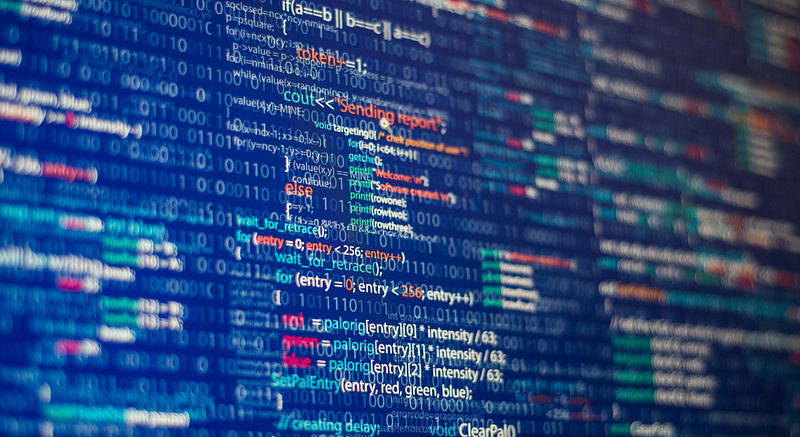
This article will give you a road map on how you can become a blockchain developer and prepare yourself for the future. As the old saying goes “Opportunity favors the prepared mind”. Somebody with no technical background can follow along with this article.
Blockchain development introduction
A blockchain is a network of computers connected in some way and they collectively run what is called a blockchain client. The Bitcoin blockchain, Binance smart chain, and the Ethereum blockchain are examples of blockchain clients.
There are two main types of developers in this technology:
-Core developers
-Application developers
Core developers:
Core developers are involved in what is called core development, a cliche right?. In core development, the developer writes the code for a blockchain client. Low-level programming languages are used in writing blockchain clients.
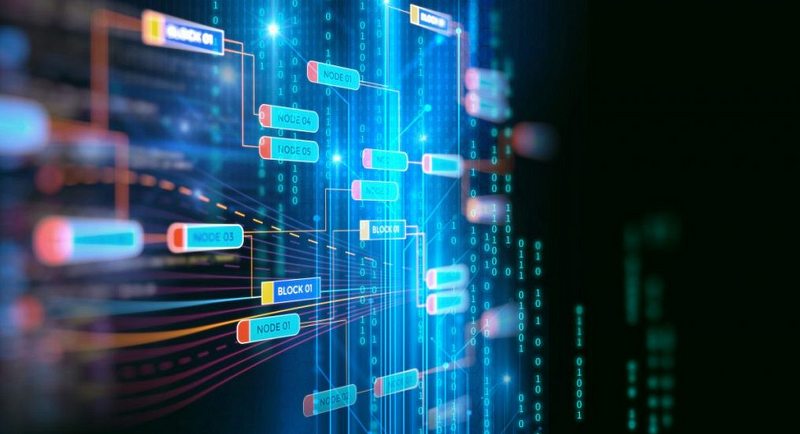
These include C, C++, Go-lang and Rust. In core development, you need to know the operating system of a computer, file system, and networking. However, core development is not for the faint of heart.
It takes time, practice, and commitment. Blockchain core developers are rare to find and usually prefer to remain anonymous as is the case of Bitcoin’s founder under the pseudo name Satoshi Nakamoto.
App developers
Blockchain app development is what most blockchain developers do and it is what most people usually refer to when they mention blockchain development. In blockchain app development, we build apps on top of a blockchain client instead of creating a whole blockchain from scratch.

This is analogous to web development whereby web developers usually build web applications on top of web browsers. They do not build web browsers each time they are building an app. A question arises. Which blockchain client should you consider learning to become a blockchain app developer?
A lot of factors are to be considered in choosing a blockchain client such as scalability, transaction fees, and the level of privacy your application requires. The Ethereum blockchain used to be the topmost blockchain providing all the features mentioned above plus more.
As at the time of writing this article, it is being challenged by other blockchains such as the Binance smart chain which is more scalable and has significantly reduced transaction charges. However, this is not to dismiss the Ethereum blockchain as other blockchains such as the Tron blockchain and the Binance smart chain employ the Ethereum blockchain underlying technology.
They run using an EVM (Etherium Virtual Machine). This means that if you learn the Ethereum blockchain you will be able to develop in these other blockchains more easily. This is the network effect of the Ethereum blockchain.
The Ethereum blockchain has reached a “critical mass” which in layman’s terms means that it is indispensable. A technology’s critical mass is determined by the number of users of that technology, the number of developers involved, and the amount of money put in by investors of which the statistics for the Ethereum blockchain are excellent.
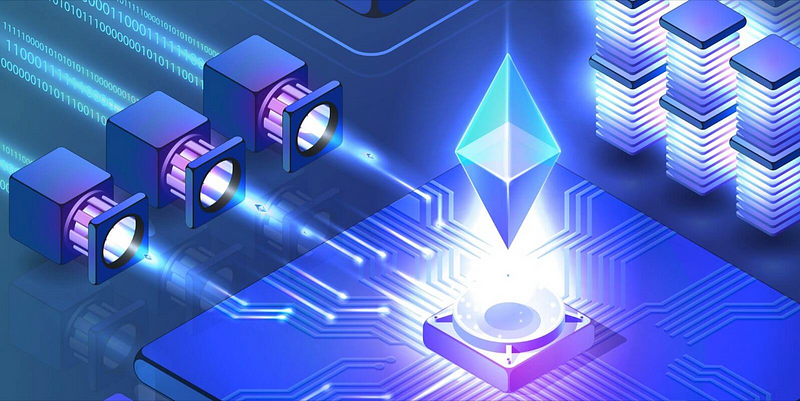
Learning Blockchain Development today is like buying a Bitcoin at $10 yesterday.
Entering the Blockchain industry where the average programmer is paid around $140k/year, is probably the best investment you can make as a developer.
Unfortunately, the web has a scarcity of good resources, and finding a good blockchain development roadmap might rapidly become tedious.
I’ve taken the time to gather the best online videos, courses, and websites and put together the best Blockchain Application Development roadmap.
From complete zero programming knowledge to Solidity and Blockchain expert, that’s why we’ll start with the fundamentals of Computer Science.
1. Before Blockchain: Fundamentals of Computer Science.
A Skyscraper needs solid foundations to not collapse.

Blockchain development it’s a tough subject, I won’t lie. Before digging deeper into nodes and blocks and starting your roadmap, better learn the fundamentals of computer science:
The famous CS50 — fundamentals for Computer Science — free course issued by Harvard itself will teach you all you need to know to understand the basics of computers and data handling.
Once you’ll have some CS understanding, it’s time to learn how the Blockchain works, why it’s useful, and its limitations.
2. Learn The Fundamentals Of Blockchain
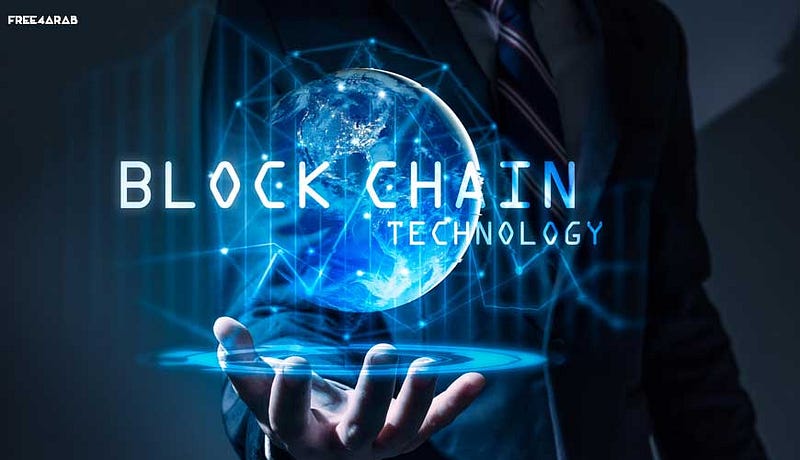
As a Blockchain developer, you need to understand what the Blockchain is, how it works and why it might disrupt the way we exchange goods and make payments. Blockchain technology is no more related only to crypto coins but it has become a truly distributed cloud computing system capable of running full Backends to power-cutting edge Decentralized Applications (DApps).
Learn the fundamentals of the Blockchain on Udemy Coursera for Free with Blockchain 101 and Blockchain for beginners: Getting started.
After getting a basic knowledge about blockchain technology and how it works, you’ll need to learn more about blockchain technology in detail.
Let’s Deep Dive Into Blockchain Technology-
3. Learn different kinds of blockchains and the popular blockchains:
Bitcoin would be great to start coz this is where crypto-blockchain hype starts-
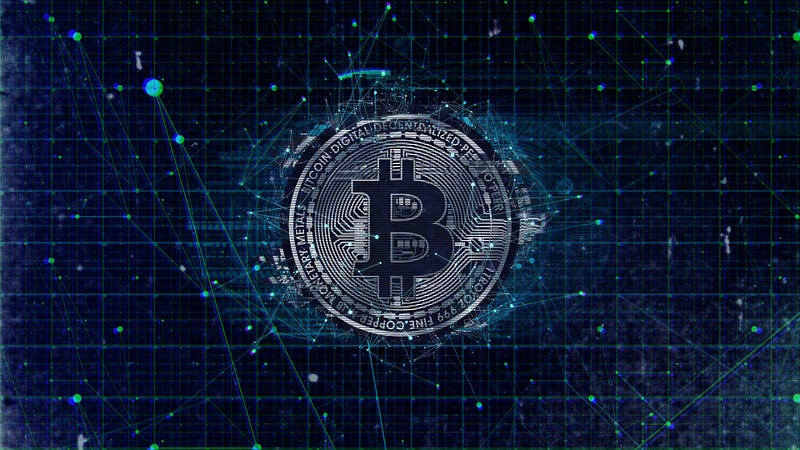
Bitcoin is a cryptocurrency, a virtual currency designed to act as money and a form of payment outside the control of any one person, group, or entity, and thus removing the need for third-party involvement in financial transactions. It is rewarded to blockchain miners for the work done to verify transactions and can be purchased on several exchanges.
Bitcoin was introduced to the public in 2009 by an anonymous developer or group of developers using the name Satoshi Nakamoto.
It has since become the most well-known cryptocurrency in the world. Its popularity has inspired the development of many other cryptocurrencies. These competitors either attempt to replace it as a payment system or are used as utility or security tokens in other blockchains and emerging financial technologies.
Learn more about the cryptocurrency that started it all — the history behind it, how it works, how to get it, and what it can be used for.
Here’s some free recources i’ve found good- Understanding Bitcoin Blockchain Learn more about Bitcoin from Investopedia. In my opinion Investopedia is by far the best site to learn about crypto-cryptocrruencies.
4. Now learn the 2nd most popular blockchain: Ethereum
At its core, Ethereum is a decentralized global software platform powered by blockchain technology. It is most commonly known for its native cryptocurrency, ether, or ETH. Ethereum can be used by anyone to create any secured digital technology they can think of. It has a token designed for use in the blockchain network, but it can also be used by participants as a method to pay for work done on the blockchain.
Ethereum is designed to be scalable, programmable, secure, and decentralized. It is the blockchain of choice for developers and enterprises, who are creating technology based upon it to change the way many industries operate and the way we go about our daily lives.
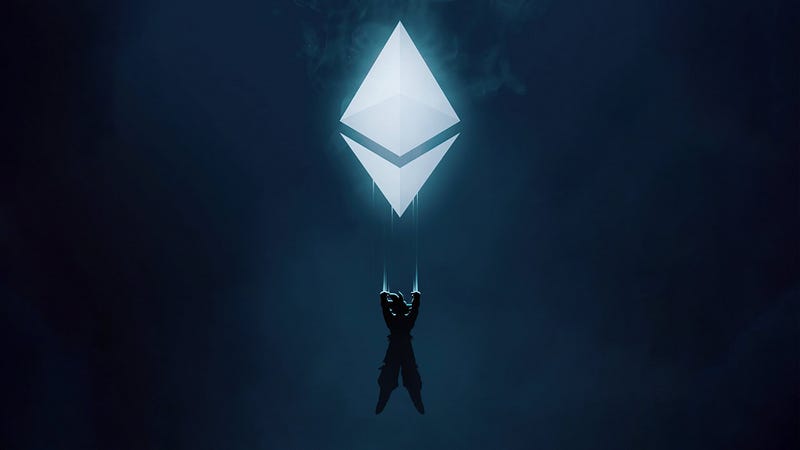
It natively supports smart contracts, which are the essential tool behind decentralized applications (dApps). Many decentralized finance (DeFi) and other applications use smart contracts in conjunction with blockchain technology.
Learn more about Ethereum, its token ETH, and how they are an integral part of non-fungible tokens, decentralized finance, decentralized autonomous organizations, and the Metaverse.
Here’s some free recources i’ve found good- Understanding Ethereum Blockchain.
Watch Ethereum full course on youtube with Code Eater. Code Eater is a Blockchain Development related channel only and everything all about blockchain technology in one place. It would be a great help for those who are completely new to the fields coz when it come to Blockchain Development, Web3.0, Solidity Dev, unfortunately, the web lacks good resources to learn.
And there is always Investopedia. It’s really a great website to learn crypto.
5. Now learn about the current fastest Blockchain: Solana
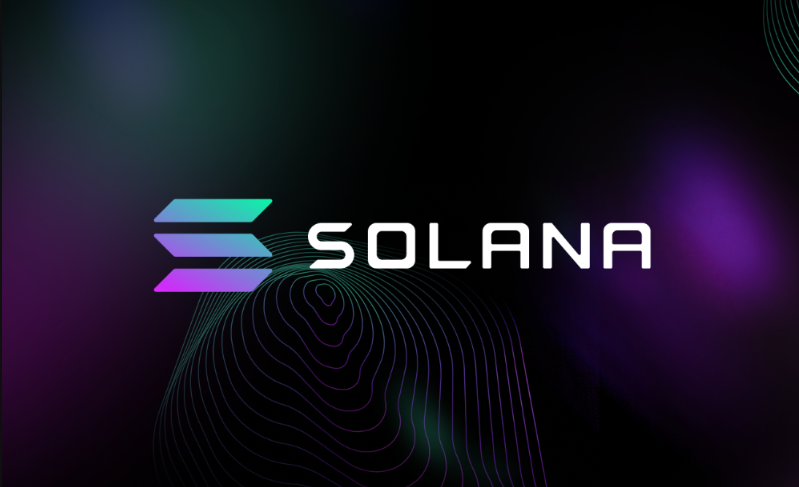
Solana is a blockchain platform designed to host decentralized, scalable applications. Founded in 2017, Solana is an open-source project currently run by Solana Foundation based in Geneva, while the blockchain was built by San Francisco-based Solana Labs. Solana is much faster in terms of the number of transactions it can process and has significantly lower transaction fees compared to rival blockchains like Ethereum.
The cryptocurrency that runs on the Solana blockchain — also named Solana (SOLUSD) and with the ticker symbol SOL — has soared almost 12,000% so far in 2021, and with a market capitalization of over $66 billion, it is the fifth-largest cryptocurrency by this measure.
Here’s some quality Solana free recources- Understanding Solana Blockchain, Learn from the official documentation.
Learn Solana and it’s potential with Guy.
6: Learn some Memecoins and Shitcoins: Dogecoin, Shiba Inu, Delon Mars
Cryptocurrencies might be in a slump at the moment, but that hasn’t stopped investors from jumping on the crypto bandwagon.
While most of the attention is focused on the biggest names in cryptocurrency, like Bitcoin (BTC -0.56%) and Ethereum (ETH 0.48%), countless newer coins have popped up over the past few months.
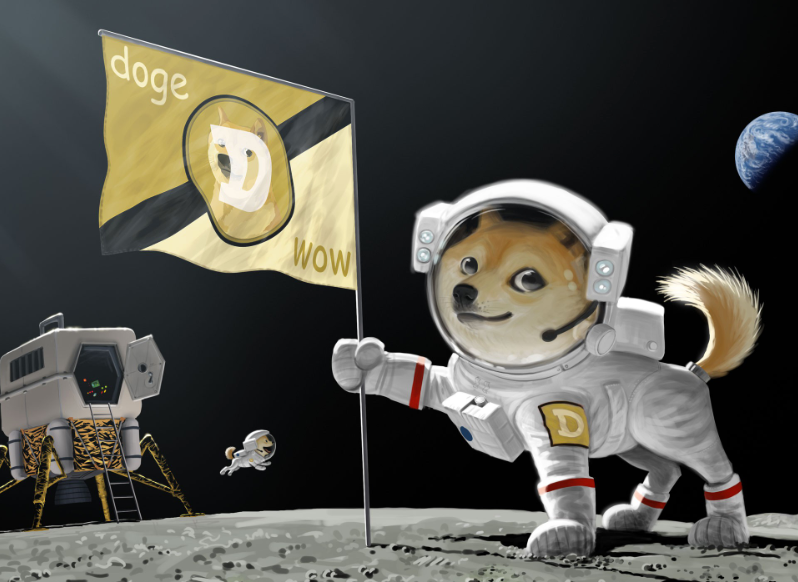
“Meme coins” are often written off as a joke, but some investors believe they should be taken seriously. Cryptocurrencies like Dogecoin (DOGE -2.97%) have made massive waves in the crypto space, and some people have made a lot of money from these investments.
As their name implies, meme coins are a kind of cryptocurrency inspired by memes, interesting, or funny ideas captured by an image, video, or other forms of media. Dogecoin and Shiba Inu are two of the most popular and well-known examples.
Learn more about DOGE, Shina Inu, Delon Mars and others-

Done already? According to data from Statista, there are currently more than 9,900 in existence. New tokens are popping up all the time — each with a different use case and backstory.
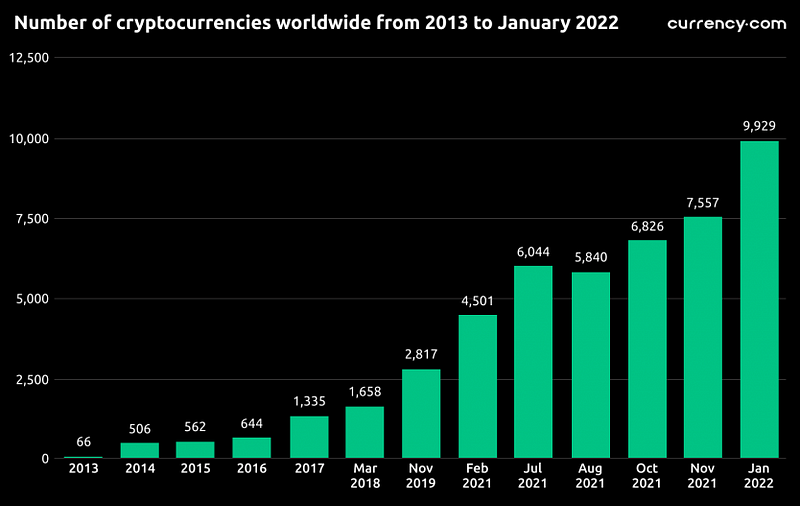
The industry’s market cap fluctuates on a regular basis — often driven by the performance of major digital assets such as bitcoin and ethereum. On 2 November 2021, BTC had a 44% share of the market but this is figure has decreased as altcoins show dominance. As of 27 January 2022, bitcoin holds a 41.6% market dominance.
Here’s a statistic that reveals how top-heavy the market is. The top five cryptocurrencies (bitcoin, ethereum, binance coin, tether and USD Couin) represent more than $1.18trn by market cap. Many of these smaller altcoins only have a collective value in the low millions — and often the price per coin can fall precipitously in the weeks and months following their launch. A sizeable number of the cryptocurrencies in circulation are ‘forks’ too. For example, bitcoin cash and bitcoin SV have split off from BTC, Ethereum split off from Ethereum Classic, and some argue that stellar is a hard fork of XRP.
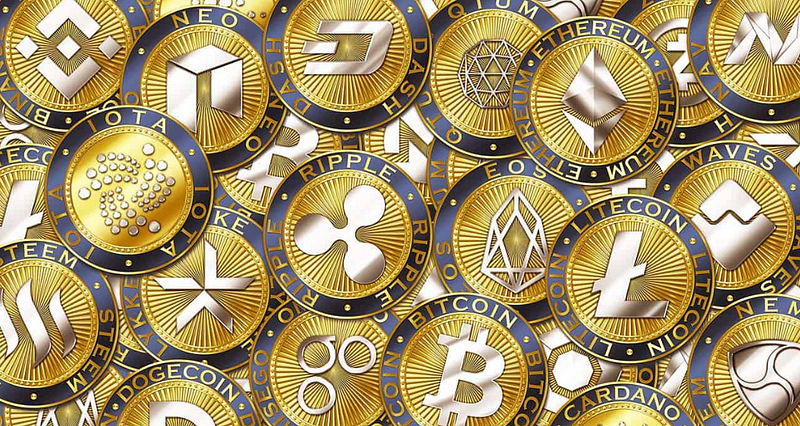
7. Learn more about Decentralized Applications.
When you’ll have learned about the blockchain, nodes, consensus, and all the main components of this technology, you’ll start to wonder:
“What kind of applications can I develop using the blockchain?”
The applications built on top of Blockchain are called Decentralized applications, or DApps, and have:
A standard Front-end built using JavaScript or frameworks/libraries like React, Vue, Svelte, and so on.
A Solidity/Solana/Rust backend, built on top of the blockchain.
Learn what is a Decentralized Application:
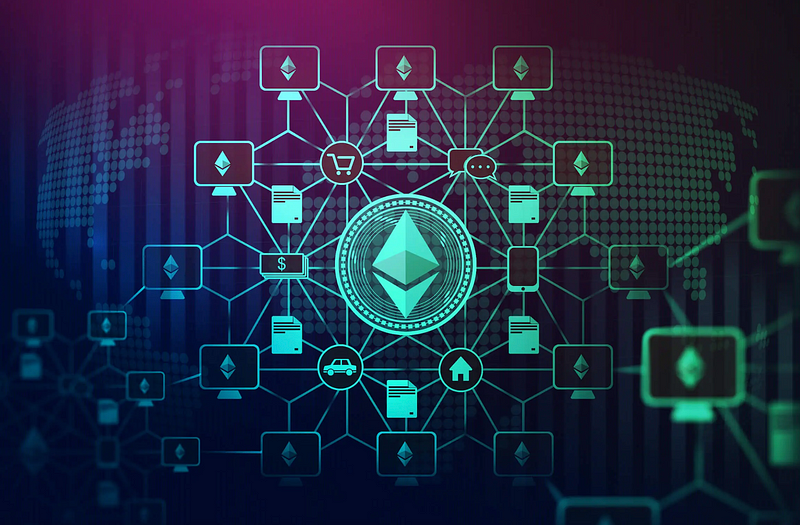
To understand how the front-end and the backend of a DApp work together: communicating and exchanging data, you need to learn Front-end development and the basic principles of standard backend development, APIs, and patterns.
8. Learn Front End Development

As said Decentralized Applications have a standard vanilla JavaScript or JavaScript Framework Front-end, that’s why before delving into developing your first DApp, it’s key to learn the basics of Front-end development and how the web works.
Learn HTML, CSS, HTTP, JavaScript, pick a framework and start building static websites.
The Complete Front-end development Roadmap with 15+ Free resources by Vitto to kickstart your journey and start monetizing your skills.
9. Should I Learn Backend Development to Become a Web3 Developer?
Yes and now.
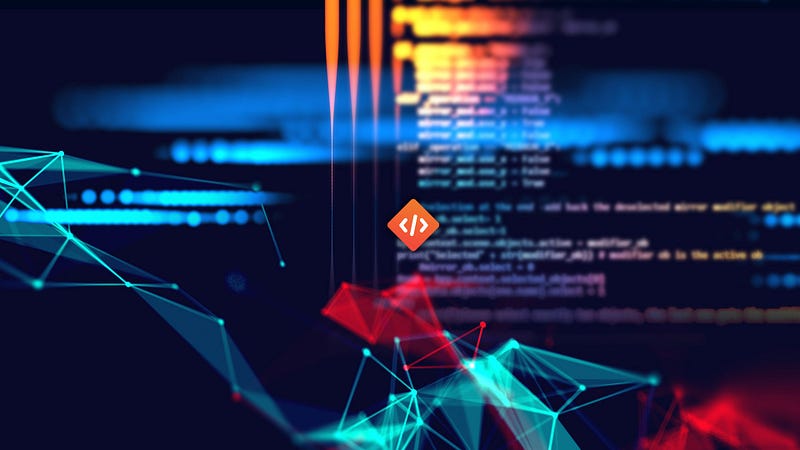
Decentralized Applications backends vastly differ from “standard” applications backends, starting from the fact that Blockchain technology is used as the main source of decentralized data storage, whereas standard backends usually use Databases or Object Storages.
The majority of technical principles remain the same, though, and it’s not suggested to jump straight into blockchain and web3.0 development without a strong foundation of the main principle of standard web development
9.1 Learn Backend Development
Learning backend development it’s a very rewarding process: connecting DB, creating your own REST API and building the business logic that will power your tools, is a great step to take.
Learn: Node, Express, DBs, HTTP, how to develop APIs, and start deploying cutting-edge applications.
Roadmap to Backend Development with Free Resources.
10. Learn Solidity and Smart Contract:
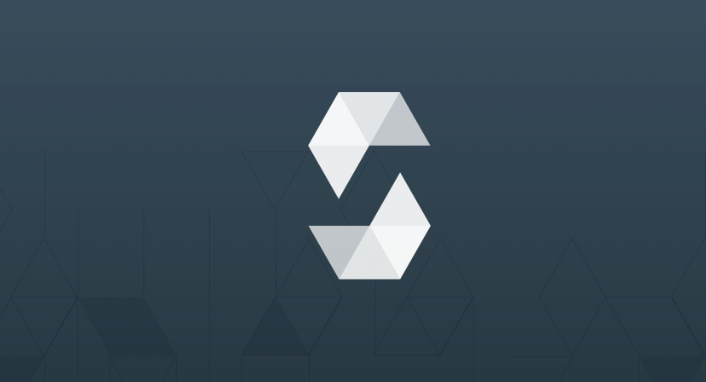
Solidity is an object-oriented, high-level language for implementing smart contracts. Smart contracts are programs which govern the behaviour of accounts within the Ethereum state.
Solidity is a curly-bracket language designed to target the Ethereum Virtual Machine (EVM). It is influenced by C++, Python and JavaScript. You can find more details about which languages Solidity has been inspired by in the language influences section.
Here’s some free recources i’ve found good- Read Solidity Documentation, Master Solidity with Code Eater.
Learn Solidity with Gregory:
11. Learn Solidity By Building Projects — Buildspace
Probably one of the most popular web3 websites out there, buildspace.so is a platform hosting bi-weekly cohort-based courses, completely for free!
Create your first NFT marketplace, full-stack DeFi application, or a Blockchain-based game, and, best of all?
buildspace provides an exclusive jobs board with positions from the best Web3 companies, for all the students attending their courses.
Lastly, they’ll give you a free NFT once you’ll have completed a course project!
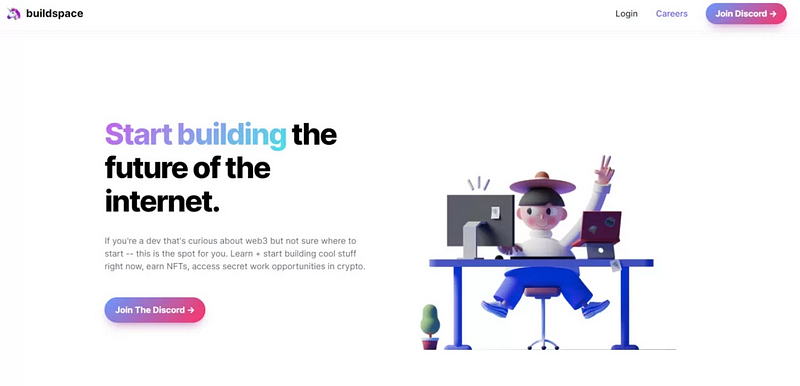
11.1 Learn Solidity by Creating Zombies:

Turns out one of the best resources to learn about Solidity is a Gamified Programming course, where you’ll learn how to develop Smart Contracts while creating a Zombie factory to start your world domination plan. The game is divided into sections, going from complete newbie to advanced Solidity developer. I suggest you to play it while following one of the other suggested courses, as it helps with practice.
Create your Zombie Empire with Eat The Block:
12. Learn Web3.js
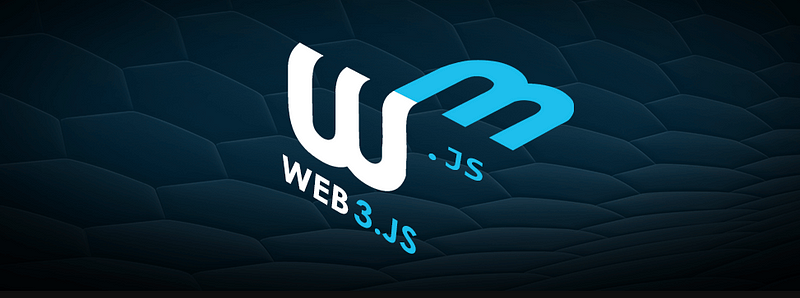
web3.js is a collection of libraries that allow you to connect with a local or remote Ethereum node using HTTP, Websockets, and other communication protocols directly from your JavaScript Based front-end.
13. Learn Ethers.js

Ethers.js is a lightweight JavaScript library used as an alternative to Web3.js to connect the JavaScript front-end with Smart Contacts.
14. Learn Non-fungible token (NFT)
What Is a Non-Fungible Token (NFT)?
Non-fungible tokens or NFTs are cryptographic assets on a blockchain with unique identification codes and metadata that distinguish them from each other. Unlike cryptocurrencies, they cannot be traded or exchanged at equivalency. This differs from fungible tokens like cryptocurrencies, which are identical to each other and, therefore, can be used as a medium for commercial transactions.
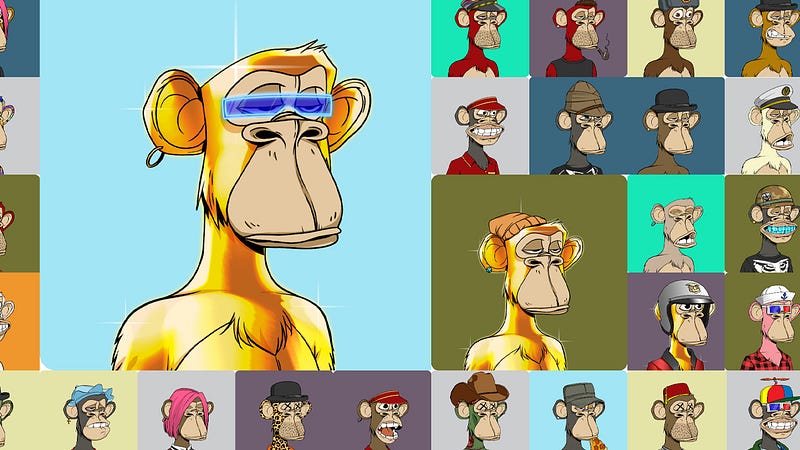
Non-fungible tokens (NFTs) seem to be everywhere these days. From art and music to tacos and toilet paper, these digital assets are selling like 17th-century exotic Dutch tulips — some for millions of dollars.
But are NFTs worth the money — or the hype? Some experts say they’re a bubble poised to pop, like the dot-com craze or Beanie Babies. Others believe NFTs are here to stay, and that they will change investing forever.
15. Which programming language you learn doesn’t matter, What matter is OOPS. What is OOP? You’ll need a clear understanding of object-oriented programming (OOP)
Object-oriented programming (OOP) is a programming paradigm based on the concept of “objects”, which may contain data, in the form of fields, often known as attributes; and code, in the form of procedures, often known as methods. For example, a person is an object which has certain properties such as height, gender, age, etc. It also has certain methods such as move, talk, and so on.

Object
This is the basic unit of object-oriented programming. That is both data and functions that operate on data are bundled as a unit called an object.
Class
When you define a class, you define a blueprint for an object. This doesn’t actually define any data, but it does define what the class name means, that is, what an object of the class will consist of and what operations can be performed on such an object.
OOP has four basic concepts on which it is totally based. Let’s have a look at them individually −
Abstraction − It refers to, providing only essential information to the outside world and hiding their background details. For example, a web server hides how it processes data it receives, the end user just hits the endpoints and gets the data back.
Encapsulation − Encapsulation is a process of binding data members (variables, properties) and member functions (methods) into a single unit. It is also a way of restricting access to certain properties or component. The best example for encapsulation is a class.
Inheritance − The ability to create a new class from an existing class is called Inheritance. Using inheritance, we can create a Child class from a Parent class such that it inherits the properties and methods of the parent class and can have its own additional properties and methods. For example, if we have a class Vehicle that has properties like Color, Price, etc, we can create 2 classes like Bike and Car from it that have those 2 properties and additional properties that are specialized for them like a car has numberOfWindows while a bike cannot. The same is applicable to methods.
Polymorphism − The word polymorphism means having many forms. Typically, polymorphism occurs when there is a hierarchy of classes and they are related by inheritance. C++ polymorphism means that a call to a member function will cause a different function to be executed depending on the type of object that invokes the function.
16. Learn HardHat
Sometimes REMIX IDE won’t be enough, and bringing your project to the good old VSCode will be the only decision to take.
To do this, you’ll need to set up a local Ethereum Development environment, and that is exactly what HardHat helps with.
HardHat comes with a set of fundamental functionalities to create, test, and deploy your decentralized applications on multiple chains, like Polygon, Ropsten, Ethereum Mainnet, and many more.
It will also give you the ability to spin up a local ethereum node to test your Smart Contracts without the need of deploying them on a public Blockchain.
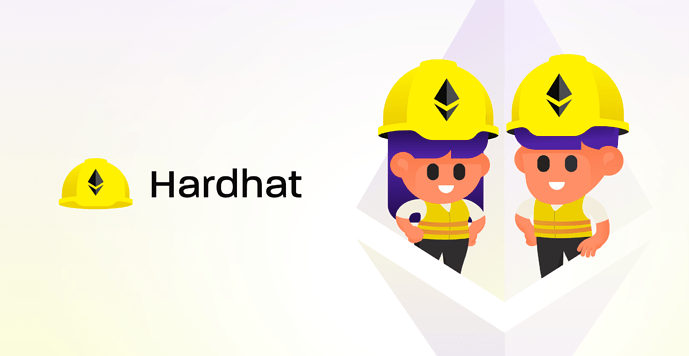
Learn Everything about Hardhat with Code Eater.
Learn about HardHat in this Full Stack Ethereum Development tutorial by Nader Dabit:
17. Learn Hyperledger Fabric:
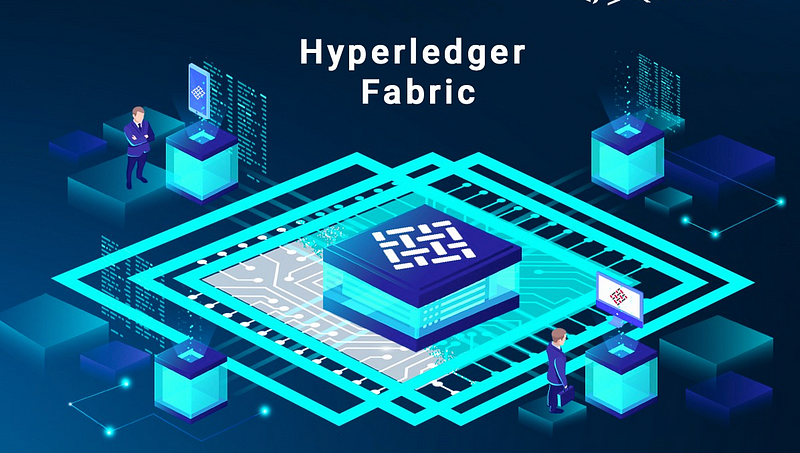
Hyperledger Fabric is intended as a foundation for developing applications or solutions with a modular architecture. Hyperledger Fabric allows components, such as consensus and membership services, to be plug-and-play. Its modular and versatile design satisfies a broad range of industry use cases. It offers a unique approach to consensus that enables performance at scale while preserving privacy.
Build and Deploy a Blockchain Web App With Hyperledger Fabric & Hyperledger Composer,
How to use Node.js to develop applications using Hyperledger Fabric.
18. Learn Truffle And Ganache
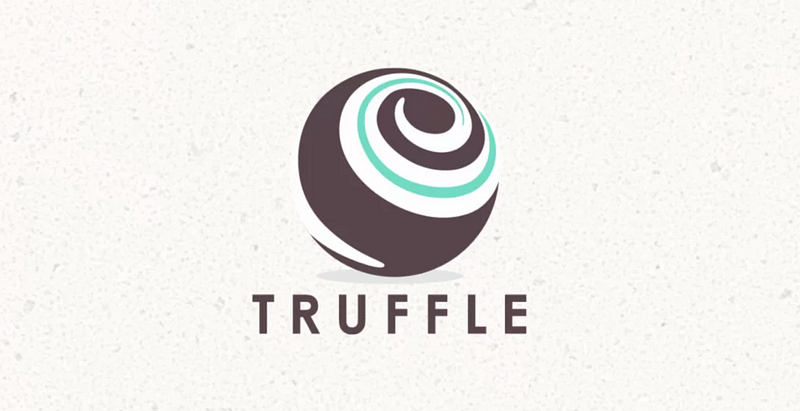
Speed Up Your Development With Truffle: a development environment, testing framework, and asset pipeline for any EVM Blockchain.
It comes with:
Built-in smart contract compilation
Scriptable migration framework
and more.
Ganache on the other side comes included in the Truffle suite and is used to Test Ethereum Contacts. It essentially creates a simulated blockchain with accounts to test your transactions and avoid setting up useless boilerplates to kickstart your DApp development.
Start exploring Truffle in this Tutorial for beginners
Learn Ganache from the official Documentation.
19. Learn IPFS
IPFS is a distributed system for storing and accessing files, websites, applications, and data.
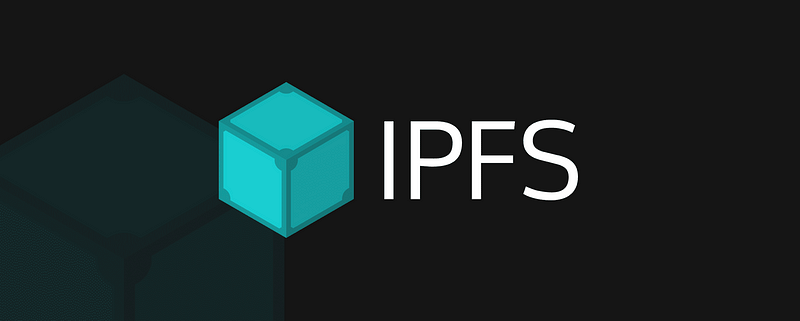
Learn IPFS from the official Documentation
20. Learn Geth
Geth(Go Ethereum) is a command-line interface for running Ethereum node implemented in Go Language. Using Geth you can join Ethereum network, transfer ether between accounts or even mine ethers.
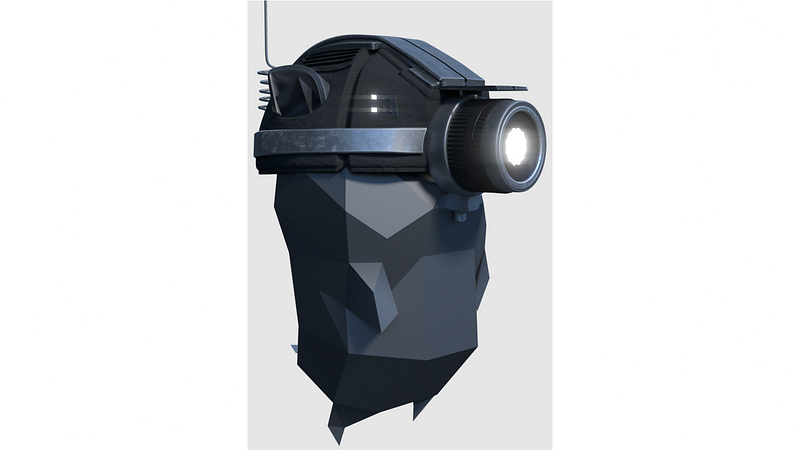
21. Learn Cryptography
The parameters that define data compilation, storage, and transport are constantly expanding in the digital age. While this growth adds convenience and efficiency to our lives, it also provides additional avenues for data breaches and compromises to occur. This aspect of technology makes the concept of cryptography more important than ever, and it also makes it an exciting field for students to consider. It is important for individuals to be able to answer the question of what is cryptography before pursuing a position in the field.

Cryptography is the study of secure communications techniques that allow only the sender and intended recipient of a message to view its contents. The term is derived from the Greek word kryptos, which means hidden. It is closely associated to encryption, which is the act of scrambling ordinary text into what’s known as ciphertext and then back again upon arrival. In addition, cryptography also covers the obfuscation of information in images using techniques such as microdots or merging. Ancient Egyptians were known to use these methods in complex hieroglyphics, and Roman Emperor Julius Caesar is credited with using one of the first modern ciphers.
When transmitting electronic data, the most common use of cryptography is to encrypt and decrypt email and other plain-text messages. The simplest method uses the symmetric or “secret key” system. Here, data is encrypted using a secret key, and then both the encoded message and secret key are sent to the recipient for decryption. The problem? If the message is intercepted, a third party has everything they need to decrypt and read the message. To address this issue, cryptologists devised the asymmetric or “public key” system. In this case, every user has two keys: one public and one private. Senders request the public key of their intended recipient, encrypt the message and send it along. When the message arrives, only the recipient’s private key will decode it — meaning theft is of no use without the corresponding private key.
Learn Cryptography with STANFORD UNIVERSITY PROFESSOR:
The journey of learning never ends, so keep pushing forward and never stop grinding. Happy coding!

